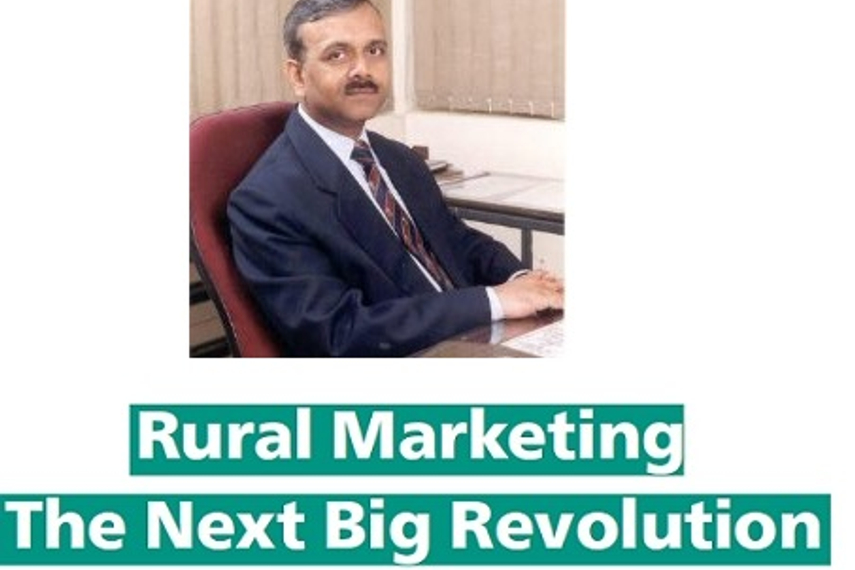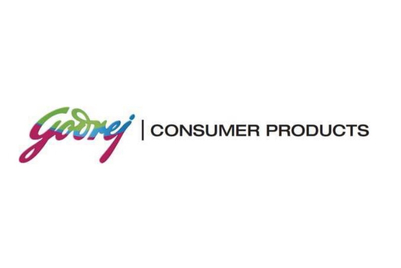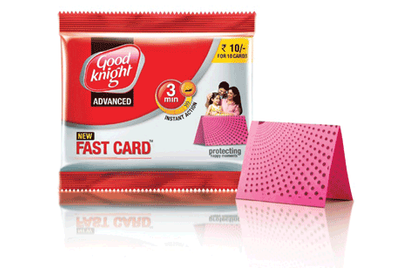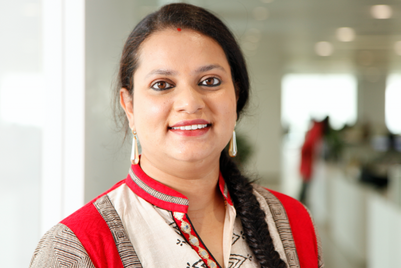
Of the 43 lakh retail outlets across India that Godrej Consumer Products caters to, 26 lakh are in rural areas, revealed RK Sinha, the company’s COO. The Rs 4,000 crore FMCG company was addressing delegates at a rural marketing summit organised by Marcus Evans in Mumbai on 7 August.
Sinha delved into the difference in a rural marketing plan.
“For every campaign, the first point marketers look at is objective. It’s followed by a hypothesis, action, success criteria and time frame. Marketers today seem to be forgetting the hypothesis stage, and that’s the most important when it comes to marketing in the rural areas,” said Sinha.
He built on the above with the example of launching Godrej’s Good Knight Fast Card in a rural market.
Objective: Launch Good Knight Fast Card in rural Uttar Pradesh.
Hypothesis: There was a need for an affordable solution to prevent malaria and dengue.
Action: Generate consumer awareness. Sell into local retail outlets. Monitor consumer offtake. Godrej opted to know what actually happens in the market versus just getting direct data, because ‘they’re not always accurate’.
Success Criteria: Wanted to check the percentage of household awareness the product had gained. This was followed by the percentage of households that had tried the products. And finally, the percentage of retail outlets carrying the product.
Time frame: Not defined.
Sinha said that based on the above, the insights Godrej gained were numerous.
He listed them as:
- Market research is less reliable in rural areas
- Observation and ethnography works well and gets relevant insights; marketing to rural households with no windows or open windows made the job ‘very different’
- Keep eyes and ears open, but mouth shut - marketers/researchers need to have a 90/10 ratio (90 per cent of observing, 10 per cent talking)
- Co-create products: The product quality needs to be good so that repeat buying his high
- Loyalty has to be generated at the time/before product launch; prefer low(er) trials but with high repeats
- In rural too, ‘word of mouth’ is what decides purchase - in fact, in this market, it’s far more important.
- Rural campaigns allow multiple experimentations simultaneously; several campaigns can be run in parallel to judge efficiency and fine tune the marketing mix, testing the hypothesis
- Generate consumer awareness with demonstrations, village gatherings, look to promote through influencers and free samples
- Retail distribution: Many small outlets only carry one brand in a product category, so leaders build walls to protect them while challengers target entry - there’s an intense war for shelf space
- Many outlets don’t carry the product category format, so enticing schemes to enrol outlets and thereby improve household trials would be necessary
He explained some of the points. On the importance of w-o-m, he said, “If you can get 50 to 100 people talking about your product in a village which consists of 1,000 people, you’re likely to succeed. One result of having positive word of mouth is, higher the base, higher is the growth rate (network effect).”
Sinha urged speakers never to question serendipity, and accept facts even if they are not aligned to the initial hypothesis. Underlining the need to form new hypotheses based on ‘new knowledge’, he cited the example of a Godrej powder hair colour launch.
The new brand was launched at Rs 7. In one market, sales of the dye was five times more than anticipated in a certain month. Diggingdeeper, it was found that the black dye was used on buffaloes. The animals were sold during that month and the ones that were more black generally sold for higher prices.
“So, there are chances that your original hypothesis will look very childish, but iterate and course correct as you go along,” surmised the GCPL COO.


.jpg&h=334&w=500&q=100&v=20250320&c=1)
.jpg&h=334&w=500&q=100&v=20250320&c=1)

.jpg&h=334&w=500&q=100&v=20250320&c=1)


.jpg&h=334&w=500&q=100&v=20250320&c=1)


.jpg&h=334&w=500&q=100&v=20250320&c=1)




.jpg&h=268&w=401&q=100&v=20250320&c=1)



